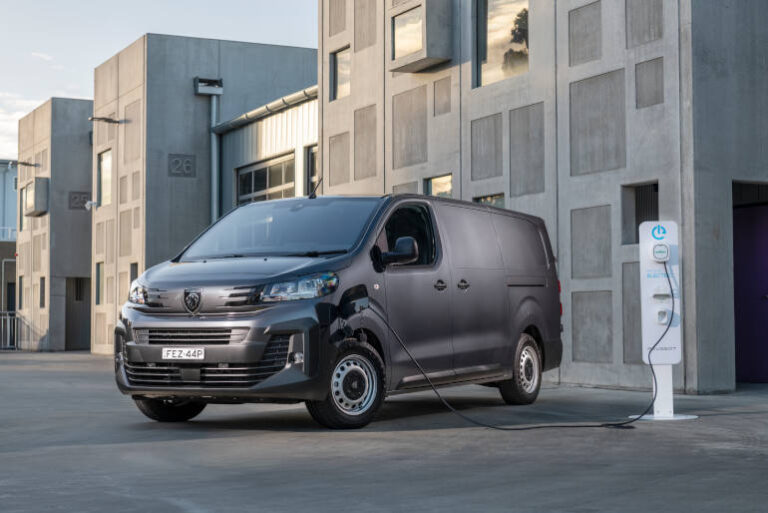The Insurance Council of Australia’s report “Charging Ahead: Electric Vehicles & Insurance” (May 2024) outlines the key factors that impact electric vehicle (EV) insurance costs in Australia. As EV adoption grows, insurers must navigate various challenges in assessing risk, managing claims, and setting premiums. Below is an overview of the major factors affecting EV insurance costs.
1. Higher Vehicle Costs
EVs typically have a higher upfront purchase price compared to internal combustion engine (ICE) vehicles. This increased value directly influences insurance premiums, as the replacement or repair cost is generally higher. While competition and increasing EV availability may lower purchase prices over time, this factor currently contributes to higher insurance costs for EV owners.
2. Repair Complexity and Costs
The complexity of EV repairs, the cost of specialised parts, and a limited number of repair facilities increase insurance costs. Factors driving repair costs include:
- Technology: EVs often have advanced driver assistance systems, which can be expensive to repair or replace after accidents.
- Specialised parts: Battery and motor components are more expensive than traditional engine parts.
- Limited repair facilities: A shortage of qualified EV technicians and service centres increases transportation costs when vehicles need repairs.
- Longer repair times: EV repairs can take up to 14% longer than ICE vehicles, adding to overall claim costs.
These challenges underline the need for targeted government investment in technician training and repair infrastructure to help reduce insurance costs over time.
3. Battery Repair and Replacement
The cost of battery repair or replacement is one of the largest contributors to high insurance premiums. EV battery replacements can cost between AU$7,500 to AU$30,000, representing up to 40% of the vehicle’s total value.
A lack of diagnostic data can lead to entire battery packs being replaced rather than repaired, often resulting in vehicles being written off after collisions, even when the damage is minor. Insurers emphasise the need for:
- Local battery repair networks to reduce transport and replacement costs.
- Improved diagnostic data to enable more precise assessments of battery damage.
Collaborating with original equipment manufacturers (OEMs) to make battery packs more repairable and increase third-party access to battery data could help address these issues.
4. Battery Safety and Fire Risk
Research indicates that EVs do not present a higher risk of fire than ICE vehicles, but battery fires require different management techniques. Fires can burn for hours, demanding more time, water, and specialised firefighting approaches. This increases costs related to property damage, business interruption, and personal injury claims. While the frequency of EV fires is low, the potential consequences, particularly in multi-storey car parks and residential buildings, can be significant.
5. Emerging Second-Hand Market
As more second-hand EVs enter the market, insurers will need to consider unique risks, particularly related to battery life and maintenance history. Factors impacting second-hand EV insurance include:
- Battery degradation: Uncertainties around battery lifespan affect risk assessments and premiums. Regular battery testing could help improve insurance offerings for second-hand EVs.
- Grey imports: These vehicles, often lacking manufacturer-backed warranties and software updates, can increase repair risks and affect compatibility with local charging infrastructure.
Establishing more consistent policies for battery testing and maintenance will be critical to supporting the growth of the second-hand EV market and reducing insurance premiums.
6. EV Charging Infrastructure
The safety, installation, and maintenance of EV charging stations also play a significant role in insurance assessments. Key factors include:
- Location: The placement of charging stations relative to critical infrastructure and fire safety measures can influence premiums.
- Installation standards: Proper installation by qualified technicians is essential to minimise risks, and compliance with the National Construction Code is necessary for safe operation.
- Theft and tampering: Charging stations in public areas may be more prone to theft or damage, affecting coverage requirements.
- Personal injury risks: Improper use or storage of charging equipment can lead to personal injuries, impacting liability coverage.
Improving EV infrastructure safety and expanding the charging network will be vital to reducing risk and lowering insurance premiums.
7. Opportunities for Insurers
The transition to EVs presents several opportunities for insurers to develop tailored products and services:
- Usage-based insurance: Telematics can enable insurers to offer personalised, usage-based insurance, helping to incentivise safer driving behaviours and reduce premiums.
- Battery-specific coverage: Offering specialised coverage for battery performance, degradation, and repair could attract more EV owners to the market.
- Collaboration with OEMs: Working with manufacturers to enhance data sharing, repairability, and consumer education can improve risk assessment and reduce claim costs.
8. Policy Recommendations
The report highlights several recommendations for government action:
- Investment in repair and recycling facilities: Expanding local facilities will support sustainable management of EV batteries, lowering insurance costs over time.
- Support for technician training: Upskilling the workforce will enhance repair capacity and reduce repair times and costs.
- Enhanced safety standards: Updating regulations and safety codes for EV charging infrastructure is crucial for effective risk management.
- Improved data access: Insurers need better access to EV data to refine underwriting models and develop more accurate pricing for insurance products.
The report underscores the need for collaborative efforts between insurers, government, and the EV industry to address cost factors and make insurance more affordable. As the EV market matures, proactive measures in infrastructure, repair networks, and safety regulations will be essential to reducing insurance costs and facilitating broader EV adoption in Australia.






